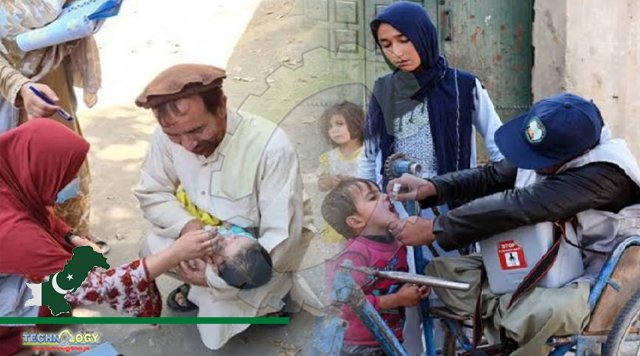The nationwide immunisation campaign vaccinated children in Lahore division, additional campaigns will be held in Feb & March to combat outbreak.

Pakistan’s first detection of wild poliovirus in 2023 has been detected in an environmental sample in Lahore. The virus discovered in Gulshan Ravi has been linked to a poliovirus discovered in Nangahar, Afghanistan, last November, according to the Pakistan Polio Laboratory at the National Institute of Health.
According to Federal Minister of Health, Pakistan and Afghanistan are fighting polio together. “While the isolation of the virus is a cause for concern, it is excellent to note that it was detected promptly. This timely detection of the virus in the environment is critical to preventing poliovirus paralysis in children.”
The nationwide immunisation campaign, which ended on January 20th, vaccinated children in the Lahore division, and additional campaigns will be held in February and March to combat the outbreak.
According to Dr. Shahzad Baig, Coordinator of the National Emergency Operations Centre (NEOC), this is not surprising given that Pakistan and Afghanistan are considered one epidemiological block in which polioviruses spread across borders due to widespread population movement.
“We have worked very closely with the Afghanistan program over the last year and treated the virus in either country as our own; neither Pakistan nor Afghanistan will be polio-free until both countries can stop transmission,” Dr. Baig said.
“The only way to stop the virus in its tracks is to vaccinate all children under the age of five. It is critical that parents and carers, particularly in Lahore, ensure that their child receives the February round of vaccinations,” the minister added.
The last polio case in Lahore was in July 2020, but the virus has been periodically detected in the city’s sewage water. Last year, four environmental samples were found positive for wild poliovirus in Lahore district.
Wild poliovirus is a highly contagious virus that can cause paralysis or death. It is spread through person-to-person contact, typically through contaminated water or food.
There are three types of wild poliovirus, and infection with one type can provide immunity to that type but not the others. A vaccination campaign led by the World Health Organization, UNICEF, and other partners has been successful in significantly reducing the incidence of wild poliovirus, but the virus still persists in a few countries.